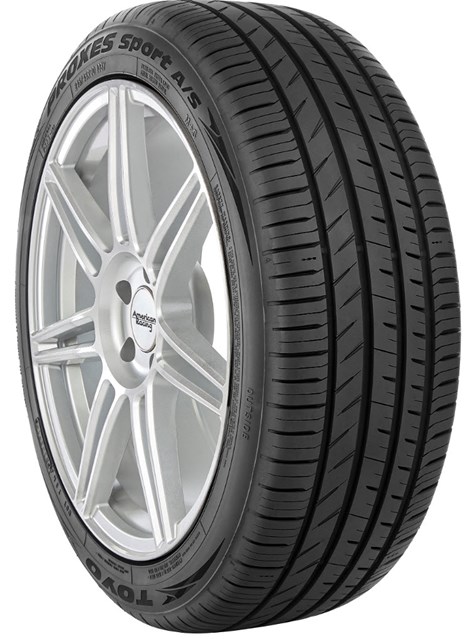
Purchasing automobile tires is simple, but finding the appropriate ones for your car can be challenging. If you make a mistake, you risk impairing your car’s performance and capacity to handle any conditions. Here’s how to ensure you get the right car tires.
Pick the proper tire size.
Consider the tire size while selecting a new tire to replace the old one. The sidewall of the tire has all of these parameters printed on it. Choosing the proper tire size improves the car’s performance by reducing unneeded effects. A brief reminder is to avoid arbitrary tire size changes. The car will suffer as a result.
You should carefully review the manufacturer’s requirements. First, check your owner’s handbook or the sign on the driver-side door jamb to find the ideal tire measurements. Or, to be even more certain, you can speak with specialists at the D Wells auto shop.
What kind of tire do you require?
You may find a list of all tires in your size on many store websites. But frequently, you’ll have to go further to equal the speed rating.
- S- and T-speed ratings are known for all-season tires. These are frequently installed on mainstream automobiles and SUVs since they provide good all-weather traction and long mileage.
- Performance all-season tires come in H- and V-speed ratings on many more recent vehicles, particularly those with enthusiast appeal or modified wheels. Performance tires may not last as long but tend to have more cornering grip than all-season tires with S- and T-speed ratings.
- For sports cars and performance sedans, ultra-high performance all-season and summer tires often come in ZR-, W-, and Y-speed ratings. It can be challenging to differentiate between all-season and summer tires, so you should visit a manufacturer’s website for specifics.
- All-season and all-terrain truck tires are, by necessity, available in enormous sizes to accommodate the hauling and towing requirements of light-duty pickup trucks and SUVs. All-terrain tires often have a bolder tread pattern to improve off-road traction. Note that the “A/T” or “All Terrain” symbol will frequently appear in the model name of all-terrain tires.
- The mountain and snowflake symbol on the tire’s sidewall makes winter/snow tires simple to recognize. In addition, the tread has more sipes compared to all-season tires. To maximize braking, choose winter tires in groups of four while shopping.
Tire specifications
Each distinct car brand or model will have its own acceptable tires because each type will have features, benefits, and drawbacks exclusive to that type. You can purchase any tire with a variety of features, but pay attention to the following features:
- The weight that a tire can support
- The vehicle’s stopping distance after braking
- Tires with a function to help save fuel
- If a tire punctures, it is still possible to use it safely.
Tire company
Finally, research about the tires of well-known manufacturers like Bridgestone, Pirelli, Michelin, and Goodyear since these brands have been put to the test throughout time and have been explored by investment firms to make a decent set of tires suitable for a variety of terrains.